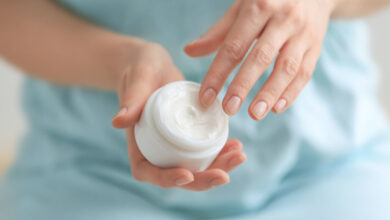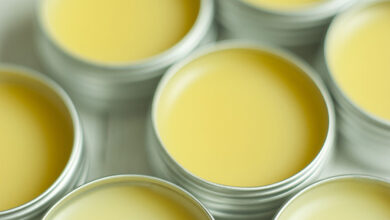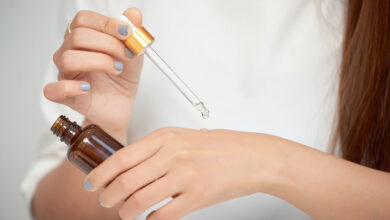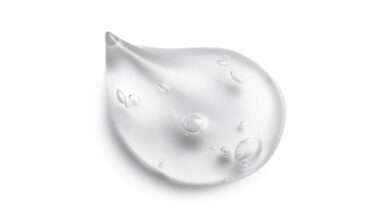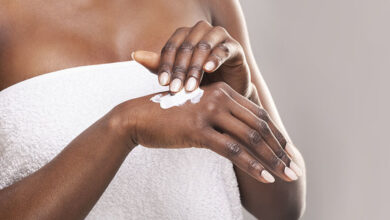Ready to help rescue the world from dry, itchy (but very sanitary) hands? Get in touch with a BASF rep to start formulating products with strong moisturizing and repairing properties. Contact
Rigorous hand washing: What are we really washing away?
Repeated hand washing is tough on the skin, but there’s a science-backed way to keep clean without dryness or itching
We’ve known the virtues of hand washing since childhood, but it’s become all the more important to wash regularly and thoroughly to help stem the tide of COVID-19. We know the drill by now: at least 20 seconds of scrubbing with soap, including various motions and steps to ensure you get inside all the nooks and crannies. Singing and dancing are optional.
All that scrubbing, not to mention disinfectants and sanitizers, can do a number on your skin. Why do your hands get so dry from a bit of soap and water? Let’s take a look at the scientific connection between handwashing and dry, irritated skin — and the products you can use to formulate for those specific issues.
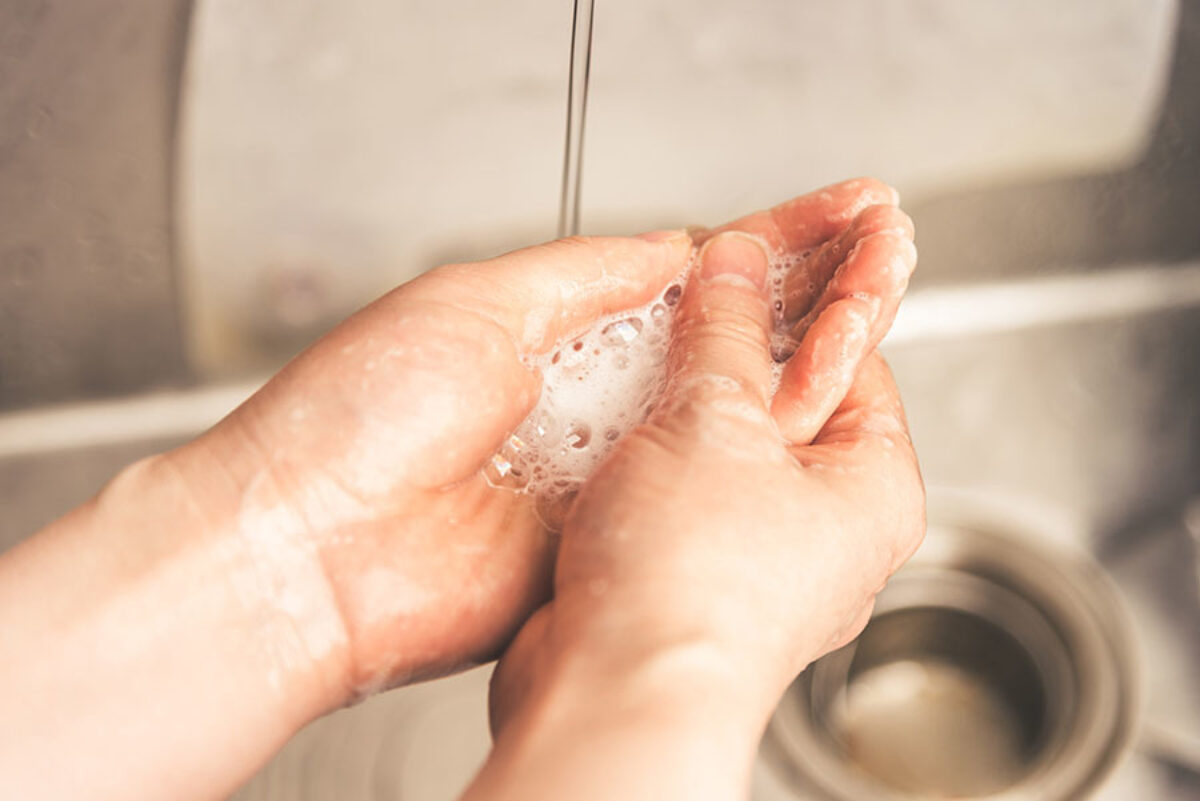
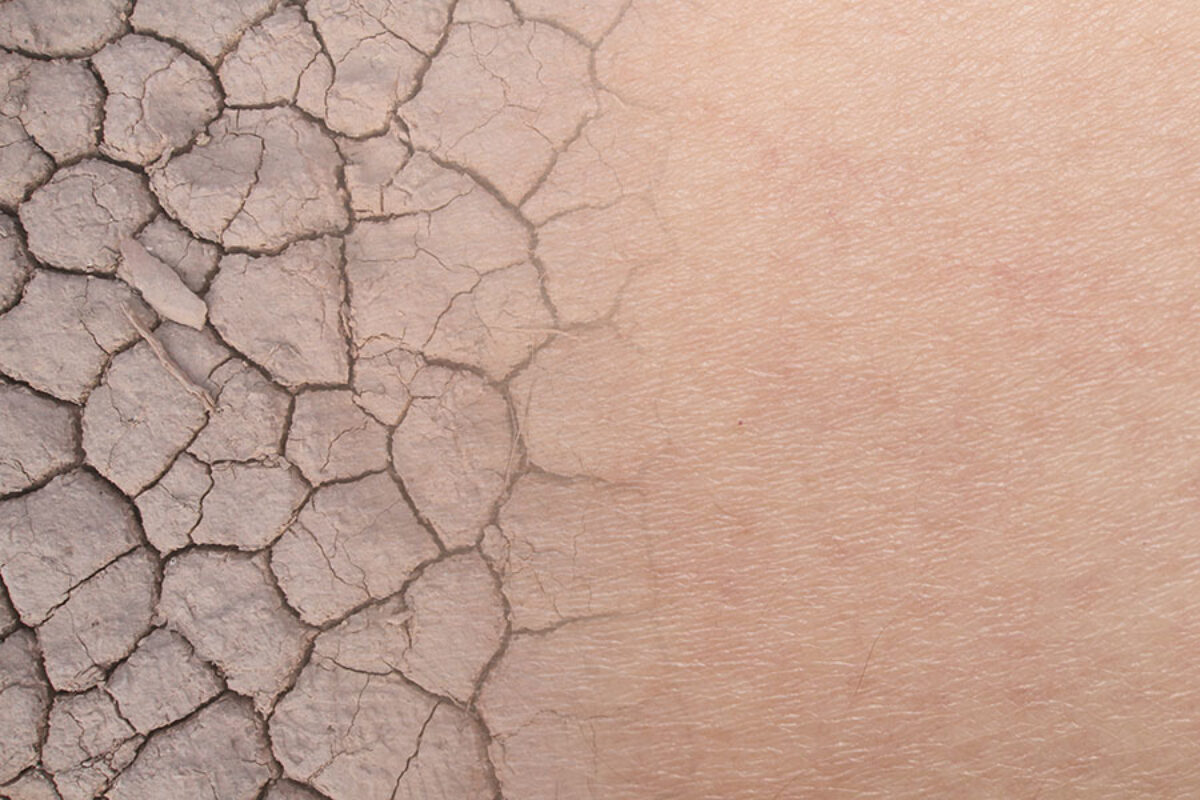
Why is hand washing so harsh on the skin?
Cleansers are designed to remove unwanted materials such as dirt, oil and microorganisms from the skin. harsher surfactants and high alcohol-based products can cause damage to the skin's epidermal barrier, increasing the skin's susceptibility to external sources of irritation, which in turn reduces the skin's moisture.
By over-washing of our hands, we may develop cracks and deficiencies in the skin, giving bacteria and pathogens an entry point into our bodies. That’s why it’s critical to nourish and repair the skin after washing and using hand sanitizers.
The effect of cleansing systems on skin
Cleansing agents affects the skin in two ways: irritation and skin dryness.
Irritation is related to the corneocytes, or "bricks" in the stratum corneum, that make up about 70 percent of the skin's outermost layer. Irritation is directly proportional to the zeta potential of the micelles formed by the surfactants in a cleansing formulation. The higher the zeta potential, the more irritation will be caused to the corneocytes.
Skin dryness is directly related to loss of lipids and is affected by cleansing detergency. The effects of detergency are seen immediately after each wash — whisking the lipids away from the stratum corneum and down the drain with the soap..
There are three main families of lipids in the skin: fatty acids, cholesterol and ceramides. Ceramides are the most abundant followed by fatty acids, which pack and organize well in the skin. Harsh surfactants mainly remove cholesterol and fatty acids, and this affects the crystalline structure of the stratum corneum.
Since lipids are non-polar with no electrical charge (like other components of the skin), they are highly affected by the detergency, as the micelles from the cleanser essentially sweep them up with other oil and debris. The high alcohol content of hand sanitizers has a similar effect on the lipids, as alcohol also tends to dissolve the lipids of the stratum corneum. These factors together upset the lamellar structure and adversely change the condition of the skin.

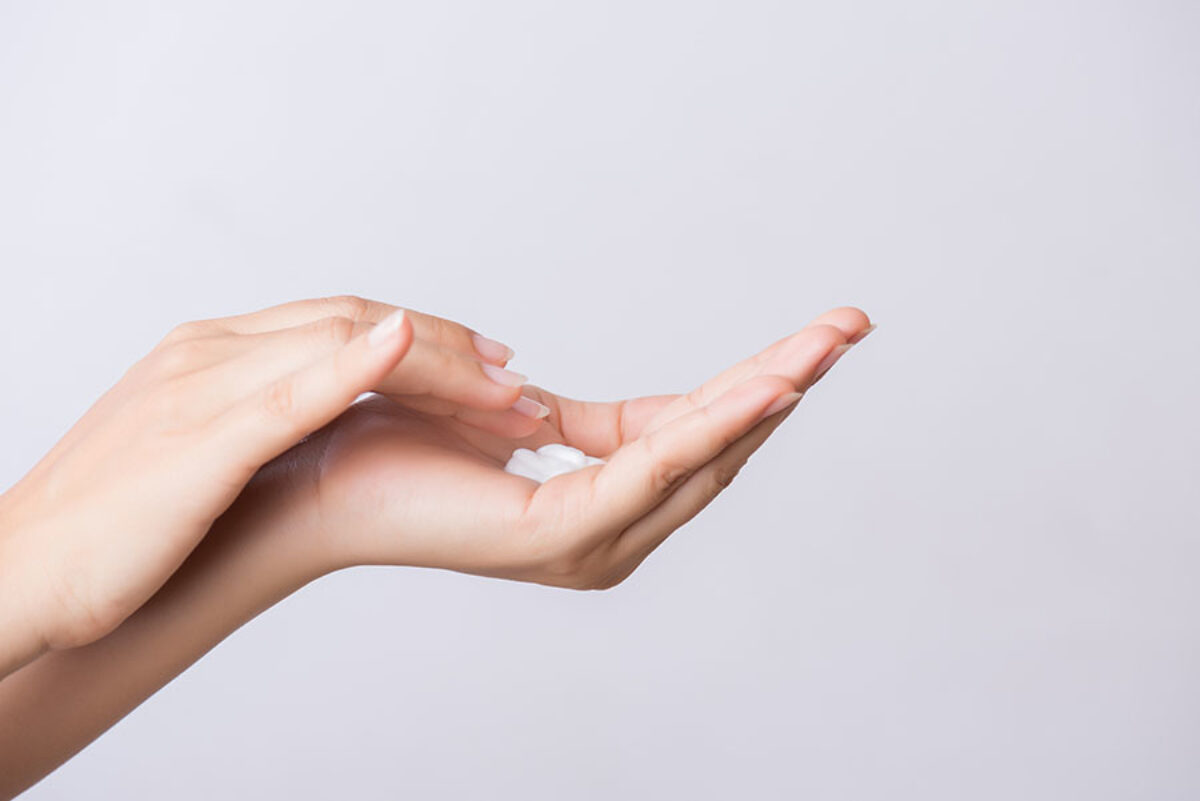
How can I help my skin?
With excessive washing and sanitizing, it is important to moisturize immediately after washing and as often as possible. The right amount of water content in the skin is mandatory for the enzymatic functions required for lipid synthesis and skin barrier restoration.
Keep in mind the term “moisturizer” does not indicate moisture is being added to the skin! A properly formulated moisturizer or repair cream contains the right occlusive, humectant and emollient ingredients, all of which help us maintain healthy skin. An effective product should not be oily or greasy on your hands, either.
Myritol® 331 N is a great emollient for repair creams. It is a coconut-based moisturizing emollient that provides immediate skin moisturization, immediate skin barrier recovery, and lasting moisturization for 24 hours.
Cetiol® RLF is a light moisturizing emollient, which is extremely mild and great for already sanitized skin resulting from excessive washing; Cetiol® Sensoft helps to provide multi-dimensional softness to the skin and a non-greasy, cushiony after-feel; and Cetiol® Ultimate is an ultra-fast-spreading moisturizing emollient. It is a great alternative to silicones for creams and lotions, and has a powdery dry after-feel.
Cosmedia® SP has an exceptional sensorial profile, providing a silky and velvety after-feel without any tackiness. It is great for emulsifier-free systems that can help provide less irritation for already sensitized hands. AM 600 PF™ gives a rich and elegant feel to the formulation while also aiding in providing moisture barrier.
Why not add benefits to your moisturizer while you’re at it? In the formulation for Smooth and Supple Hand Balm, Ultra Filling Spheres® C00487 instantly replenish skin hydration and cushion wrinkles by forming moisture reservoirs in the skin. This technology is based on the ability of dehydrated and cross-linked spheres to penetrate the upper layers of the epidermis and to absorb the water that evaporates from the deep dermis. Thanks to their hygroscopic properties, the volume of the spheres increases rapidly. These re-inflated spheres reduce the appearance of surface wrinkles leaving an elastic skin surface with long lasting hydration. Great for those dry, cracked hands!
Related Formulations
Related Products
Cetiol® RLF
INCI: Caprylyl Caprylate / Caprate
Login to Request a Sample or View Full Details & ResourcesCetiol® Sensoft
INCI: Propylheptyl Caprylate
Login to Request a Sample or View Full Details & ResourcesCetiol® Ultimate
INCI: Undecane (and) Tridecane
Login to Request a Sample or View Full Details & Resources